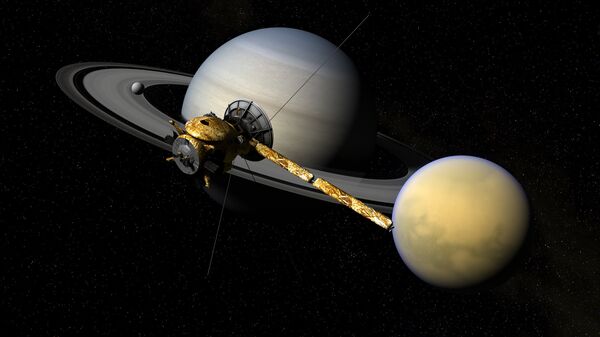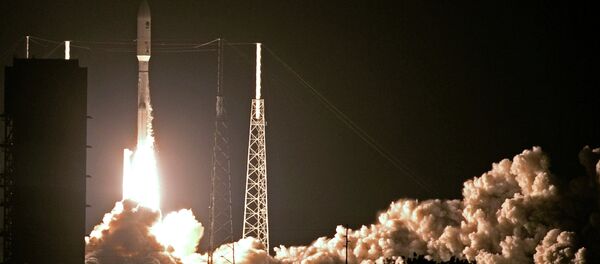Cassini and its attached Huygens probe launched from Cape Canaveral in 1997 to take a complicated path past Venus, Earth and then Jupiter before arriving at Saturn's system in 2004.
The probe's historic space journey is scheduled to conclude in September 2017, but before it dives into Saturn's atmosphere, Cassini will complete a two-phase farewell mission, called by scientists "the Grand Finale."
In the initial phase, the spacecraft will conduct 20 daring dives through the rings of the gas giant planet, once every seven days. It will approach to as close as 7,800 kilometers (4,850 miles) from the center of the narrow F ring, the furthest ring from the planet that features constantly changing streamers, filaments and dark channels that change over the course of hours.
"We're calling this phase of the mission Cassini's Ring-Grazing Orbits, because we'll be skimming past the outer edge of the rings," Linda Spilker, Cassini project scientist at NASA's Jet Propulsion Laboratory (JPL) in California, said in a statement.
The dangerous maneuver will let the spacecraft enter uncharted territory and get the closest look ever at Saturn's atmosphere and composition, NASA says. What's more important, using special technology, it will be able to collect sample icy particles and gases from the ring planes for analysis.



